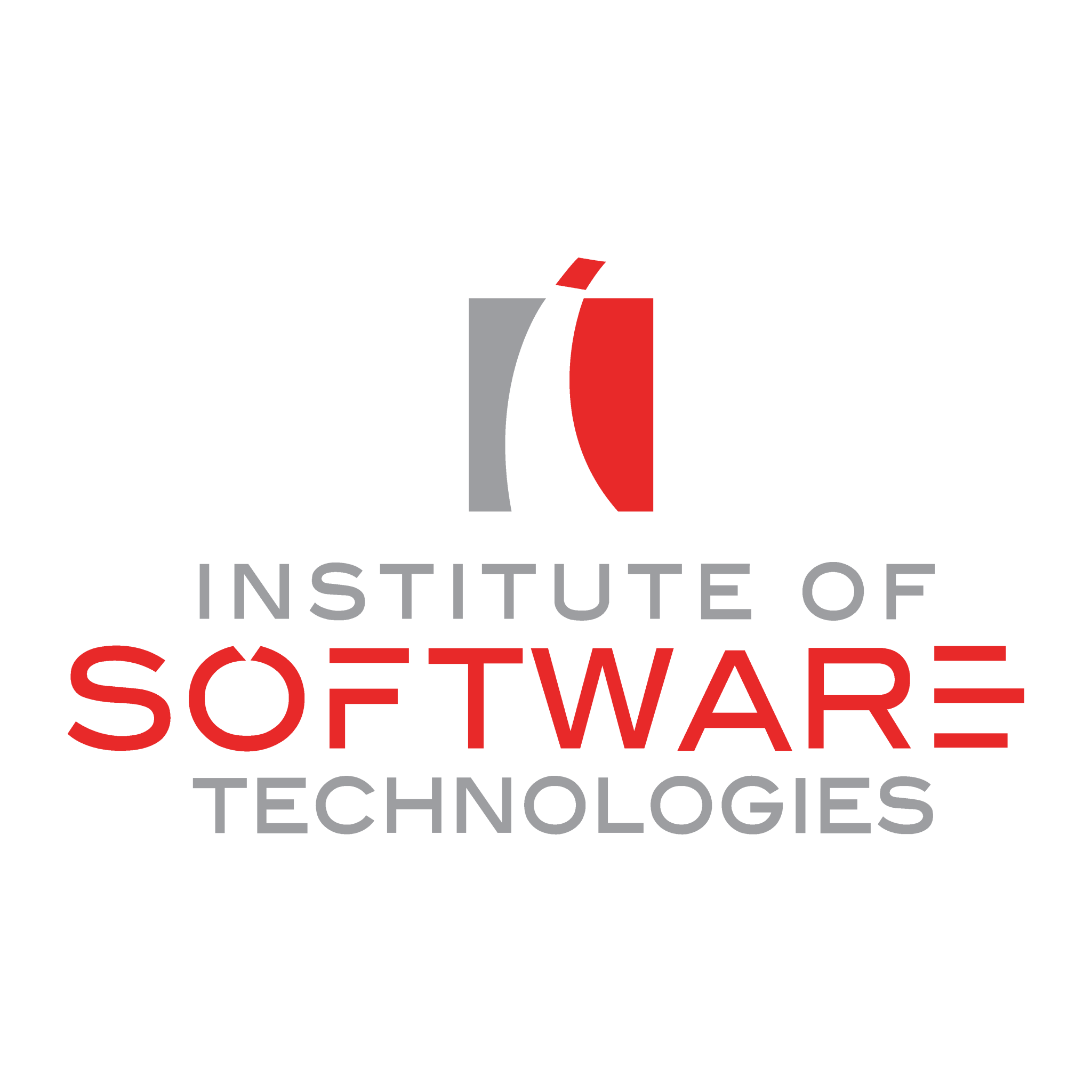3 Days
This course is designed for Linux® system administrators who want to deploy and manage a large-scale Red Hat® OpenShift Container Platform environment in their datacenters.
We recommend these prerequisites:
- Become a Red Hat Certified System Administrator, or demonstrate equivalent experience
- Attend Introduction to Containers, Kubernetes, and Red Hat OpenShift (DO180) or demonstrate equivalent experience with containers, Kubernetes, and OpenShift
- Attend Red Hat OpenShift Administration I (DO280) or demonstrate equivalent experience with OpenShift
- Recommended, but not required: become a Red Hat Certified Specialist in OpenShift Administration (EX280)
- Design a highly available cluster
- Design an OpenShift cluster that supports high availability and resiliency.
- Prepare to install an HA cluster
- Configure the advanced installer and prepare the cluster environment for HA installation.
- Configure OpenShift to use custom certificates
- Configure the OpenShift cluster to use custom certificates.
- Build an HA cluster
- Use the advanced installation method to build an HA OpenShift cluster.
- Provision persistent storage
- Describe storage providers, configure a provider, create a storage class, and test the configuration.
- Enable log aggregation
- Consolidate useful data for analysis by enabling the log aggregation feature.
- Maintain an OpenShift cluster
- Perform recurring maintenance activities on an OpenShift cluster.
- Manage system resources
- Manage operating system and cluster resources for optimal performance.
- Configure security providers
- Configure security providers and advanced security options.
- Configure networking options
- Configure various advanced networking features and options.
Note: Course outline is subject to change with technology advances and as the nature of the underlying job evolves.

